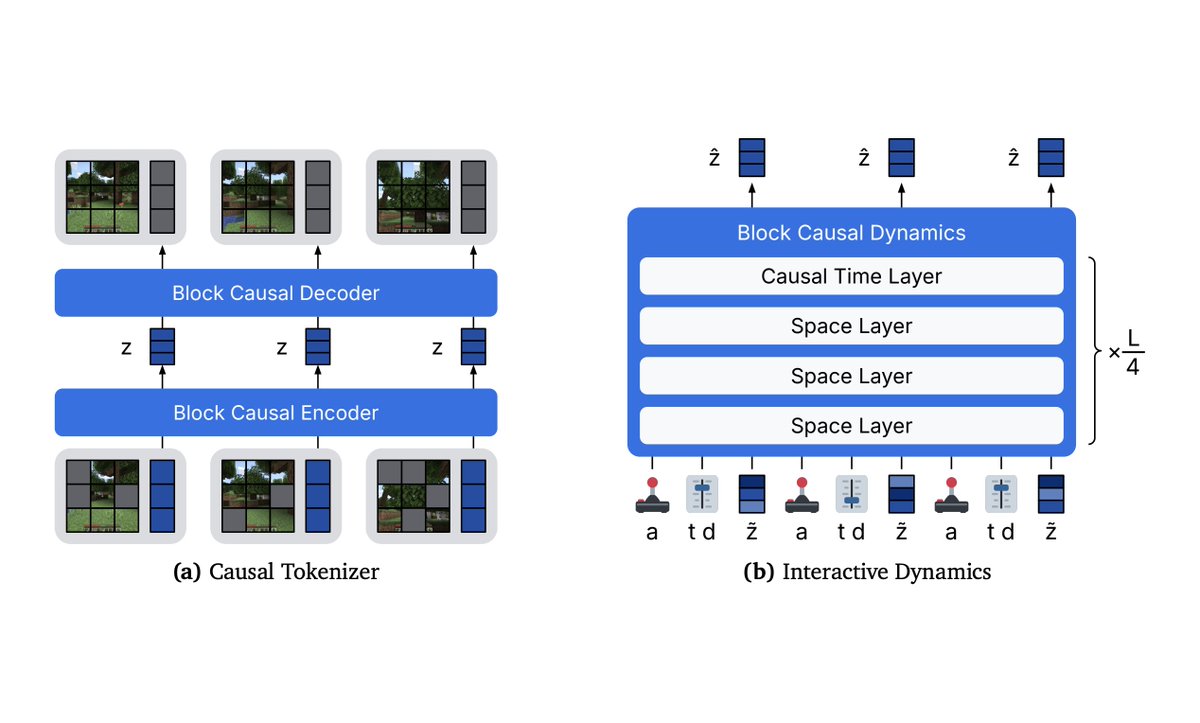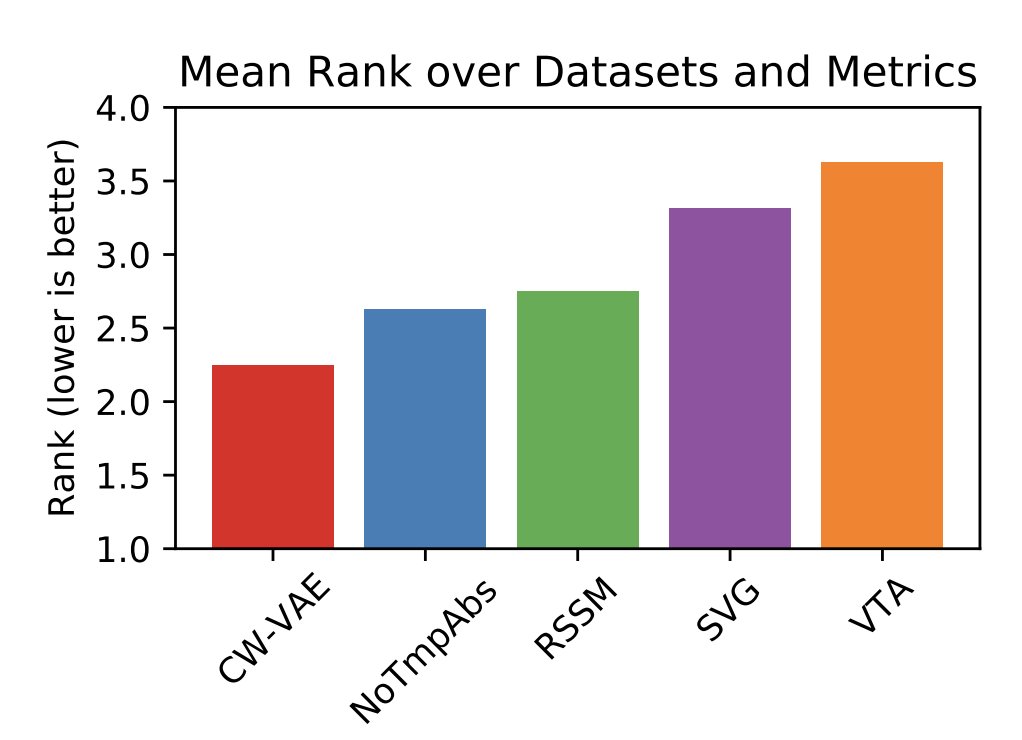
Building AI that makes autonomous decisions using world models, artificial curiosity, and temporal abstraction @GoogleDeepMind
How to get URL link on X (Twitter) App



 🪄 Robustness techniques remove the need for practitioners to tweak the algorithm, making it easy to apply to new tasks!
🪄 Robustness techniques remove the need for practitioners to tweak the algorithm, making it easy to apply to new tasks!




